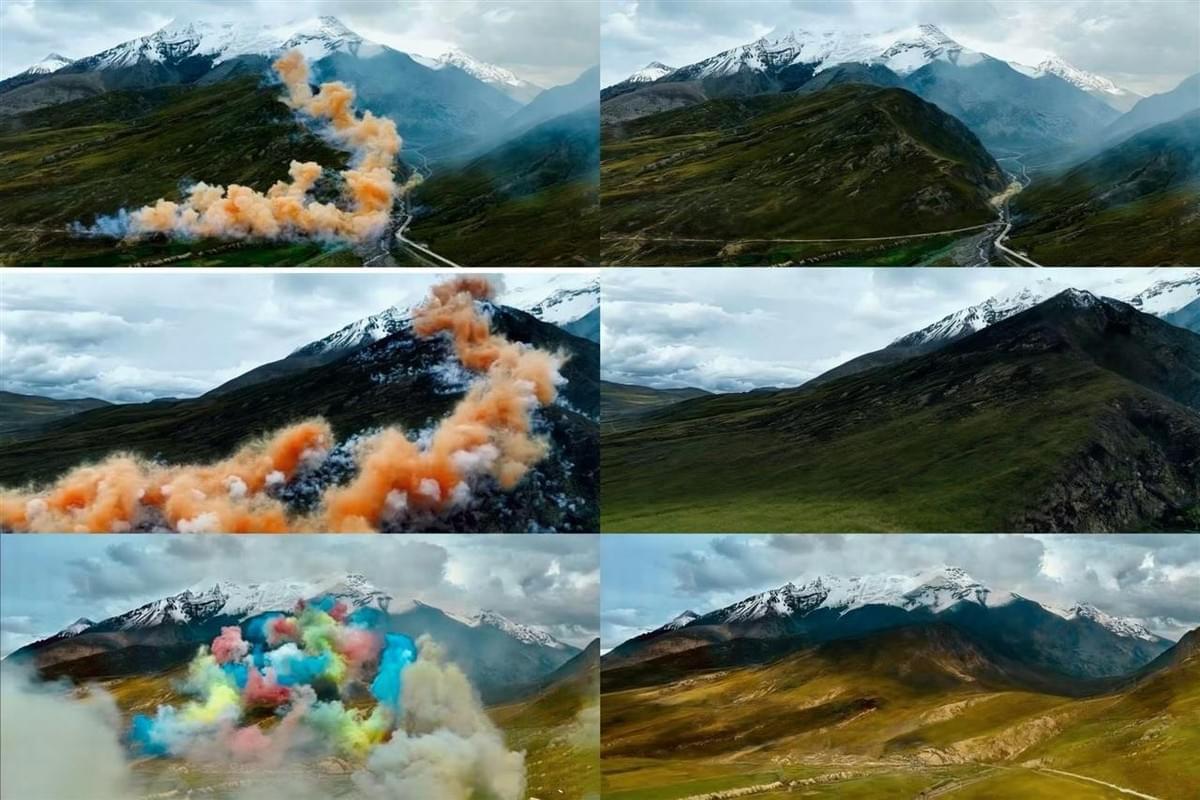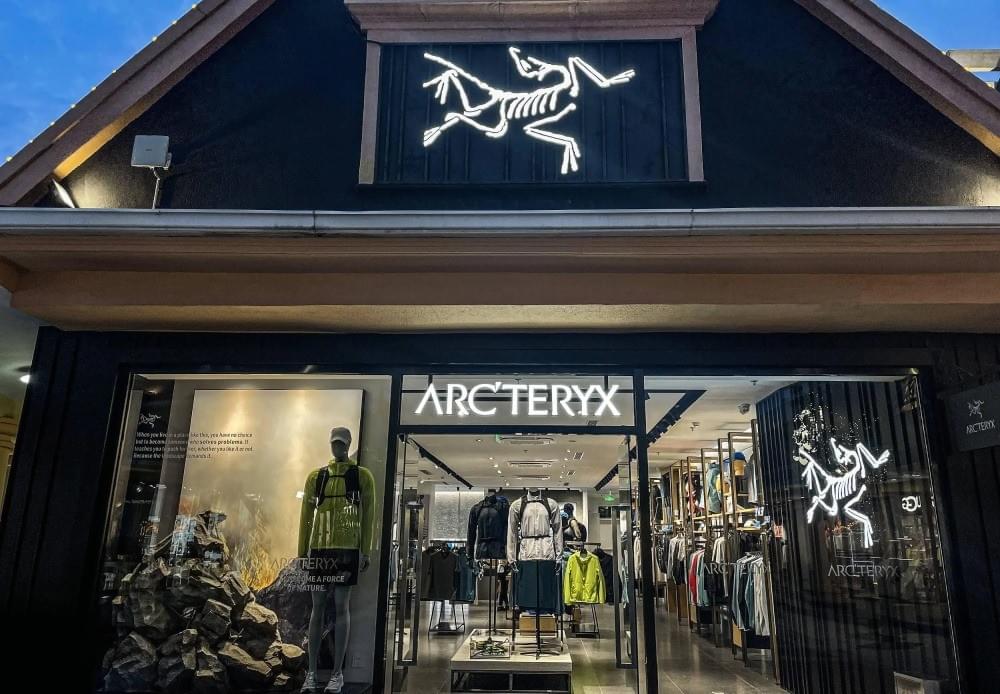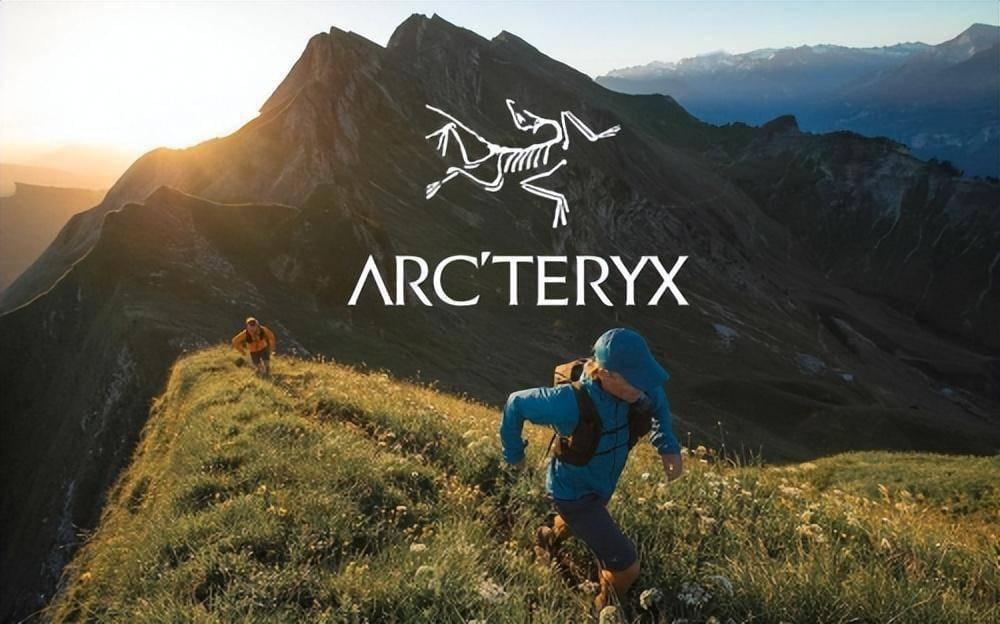High in the Himalayas, more than 16,000 feet above sea level in Tibet, a performance intended to celebrate the union of art and nature has quickly spiraled into a corporate crisis.
On Sept. 19, the Canadian outdoor brand Arc’teryx joined forces with Chinese contemporary artist Cai Guoqiang to stage a massive fireworks display in the Jiangzi Relong region. The piece, titled Ascending Dragon, stretched nearly two miles across the ridge in a rainbow of smoke trails. Organizers described it as part of the company’s “Beauty in Ascent” series, designed to highlight mountain culture.
On social media, the reaction was far less poetic. Many observers saw the spectacle as a betrayal of Arc’teryx’s carefully cultivated ethos of “respecting nature.” In a fragile alpine environment where thin soil, scarce vegetation, and sensitive wildlife are already under pressure, critics argued, the damage from explosives is far harder to reverse than in the lowlands.
Environmentalists and outdoor enthusiasts noted that even so-called “biodegradable” materials can take decades to decompose in Tibet’s cold, arid and oxygen-thin climate. The intense heat of fireworks, they added, risks burning topsoil and native plants—damage that could take years, if not decades, to repair.

Chinese regulations explicitly prohibit fireworks in forests and grasslands considered high fire risks. Yet local officials in Jiangzi County said the event was fully registered, and because the fireworks were marketed as eco-friendly, no environmental review was required. While technically compliant, the approvals did little to calm public outrage.
As criticism mounted, both Arc’teryx and Cai scrubbed related posts from their social media accounts. Two days later, Arc’teryx issued an apology, admitting the project had “deviated” from its intentions and pledging to commission third-party assessments of any ecological harm. Cai’s studio followed with its own statement of regret, promising stricter evaluations in the future. For many consumers, however, apologies rang hollow.
Another Crisis: Quality and Trust
The controversy over the Himalayas is only the latest challenge for Arc’teryx. In recent years, as the brand expanded rapidly in China, its products have come under fire for not living up to their luxury price tags.
On consumer complaint platforms and Chinese social media, grievances are widespread. Down jackets costing thousands of yuan have been reported to bubble or shed their logos. Hiking shoes priced above 1,000 yuan often begin to peel or split within weeks. “High-end Arc’teryx, low-end quality,” one consumer quipped online.
Footwear, in particular, has been a flashpoint. The brand’s shoes often use a glued construction that keeps them lightweight and waterproof. But experts note this technique is prone to separation in extreme heat or cold. While many in the industry argue such flaws are common, customers who pay luxury prices are less forgiving—especially when repairs themselves can cost hundreds of dollars, sometimes nearly the price of the shoe itself.

From Status Symbol to Waning Reputation
Arc’teryx’s corporate trajectory was once seen as a model of premium repositioning. Founded in Canada in 1989, the company became synonymous with high-performance alpine gear. In 2019, Chinese sportswear giant Anta led a consortium to acquire its parent, Amer Sports, and swiftly pushed Arc’teryx upmarket. Socks that sell for the equivalent of $30 and jackets costing several hundred dollars turned the brand into a status symbol for China’s middle class and urban elites.
For a time, the numbers justified the strategy. In the second quarter of 2025, Amer Sports reported revenue up 23 percent year over year, with sales in Greater China rising 42 percent. Arc’teryx was hailed as a key driver of that growth.
But behind the glowing figures, the brand’s reputation has eroded. Complaints about quality have multiplied, and skepticism over whether its products are truly worth the price has become mainstream. A phrase circulating online sums up the disillusionment: “Buy the bird, but not the shoes.”
For Arc’teryx, this represents a double bind. The company must appeal to a broader consumer base to sustain growth while at the same time repairing trust among its core constituency—serious outdoor enthusiasts—who once saw the brand as a badge of authenticity.
As one industry analyst put it: “Arc’teryx built its identity on expertise and reverence for nature. If that narrative falters, its premium positioning collapses with it.”

A Deeper Test
The fireworks scandal is more than a marketing misstep; it reflects the tension between luxury branding and the company’s foundational promise. Arc’teryx sought to expand its influence through art and culture. Instead, it chose a setting—the fragile Himalayas—that symbolized precisely the kind of natural sanctity it claimed to honor, and the move backfired.
More broadly, environmentalism and outdoor recreation communities often overlap. In China, many of Arc’teryx’s earliest customers were climbers, skiers, and trekkers who embraced the brand for its authenticity. Now, they are among its most vocal critics.
Arc’teryx’s future depends on whether it can deliver on its promises: to strengthen product durability, improve customer service, and uphold its environmental commitments with greater rigor and transparency. If the company continues to rely on high prices and social cachet while ignoring the widening gap between value and quality, its mantra of “respecting nature” may be remembered only as an irony.
In the rarefied air of the Himalayas, the smoke from September’s fireworks has long since disappeared. But the cloud hanging over Arc’teryx is unlikely to lift anytime soon.
